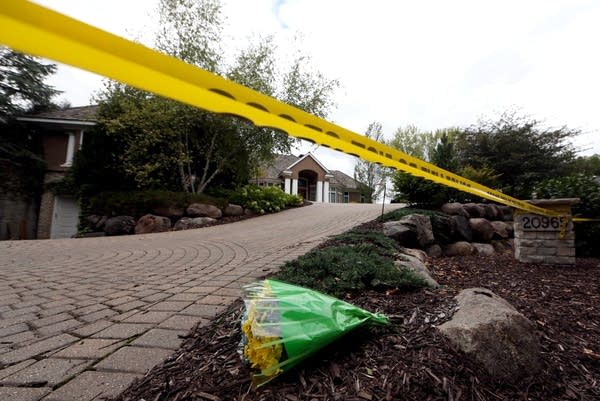Family killings frustrate domestic violence groups

The Short family case debunks a myth that domestic abuse only happens in impoverished communities, advocates say. The family lived in a $2 million mansion and Brian Short was the CEO of a company.
Jim Gehrz | The Star Tribune via AP
Go Deeper.
Create an account or log in to save stories.
Like this?
Thanks for liking this story! We have added it to a list of your favorite stories.


